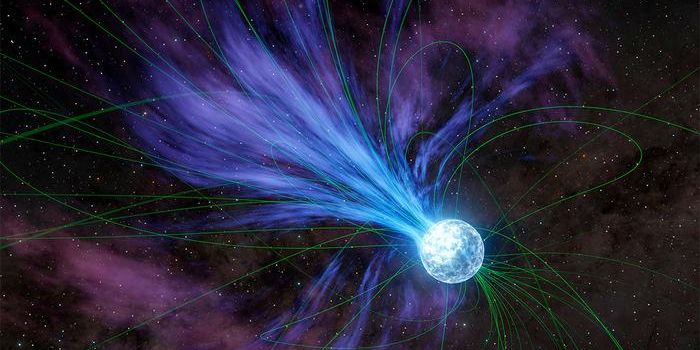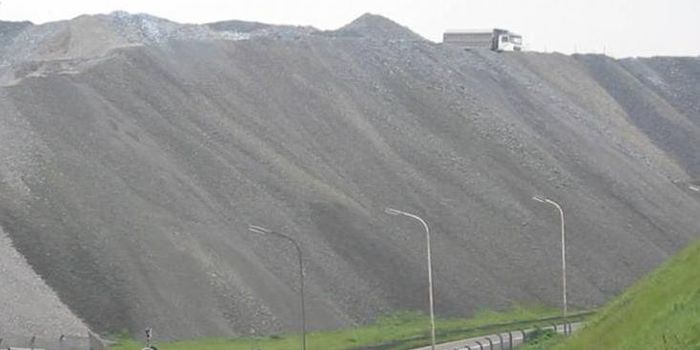The fluid dynamics of injection-induced earthquakes
While injection-induced earthquakes have become commonplace in oil fields where wastewater is pumped deep into the Earth, scientists are trying to figure out why these earthquakes are still happening despite declining injection rates. In a report from geoscientists, chemists, and engineers at the Virginia Tech College of Science, new research suggests that oilfield wastewater itself plays a significant role in the processes that cause injection-induced earthquakes.
"We know that earthquakes are getting deeper in Oklahoma," said Ryan M. Pollyea, assistant professor in the Department of Geosciences who directs the Computational Geofluids Lab at Virginia Tech, "so we're trying to figure out what conditions make this possible. Our research suggests that it's caused by a combination of the geology, natural fluids in the basement rocks, and the wastewater itself." The new study, published in Energy & Environmental Science, suggests that the specific density and viscosity of oilfield brine impacts fluid pressure to trigger earthquakes.
The central United States, China, and Canada have become known as hotspots for injection-induced earthquakes. During the injection process, oilfield brine (a toxic byproduct of oil and gas production) is pumped into deep injection wells for “disposal”. The extreme fluid pressure that goes along with this process can consequently destabilize faults and trigger earthquakes.
"The basic idea is that oilfield brine has a lot of dissolved solid material, which makes the wastewater heavier than naturally occurring fluids in deep geologic formations," said co-author Richard S. Jayne, "so the dense wastewater sinks, increases fluid pressure, and causes deeper earthquakes than would be predicted if the fluids have the same material properties."
The researchers used a computational approach to develop models allowing them to gauge the influence that various factors have on fluid pressure in certain geologic formations. "We found that there are really two different processes that drive fluid pressure deep into the basement, where earthquakes occur," saids Pollyea. "The first is called pressure diffusion, which occurs when wastewater is forced into geologic formations that are already full of water. This process has been known for a long time, but the second process occurs when high-density wastewater sinks and pushes lower density fluids out of the way."
Their models provide an explanation for why, despite decreasing injection rates, earthquakes are getting deeper and more intense in Oklahoma. The team hopes that their findings can be used to inform earthquake mitigation and regulatory practices, cautioning that their findings are just the beginning and that site-specific data for management decisions is crucial.
Sources: Energy & Environmental Science, Eureka Alert









